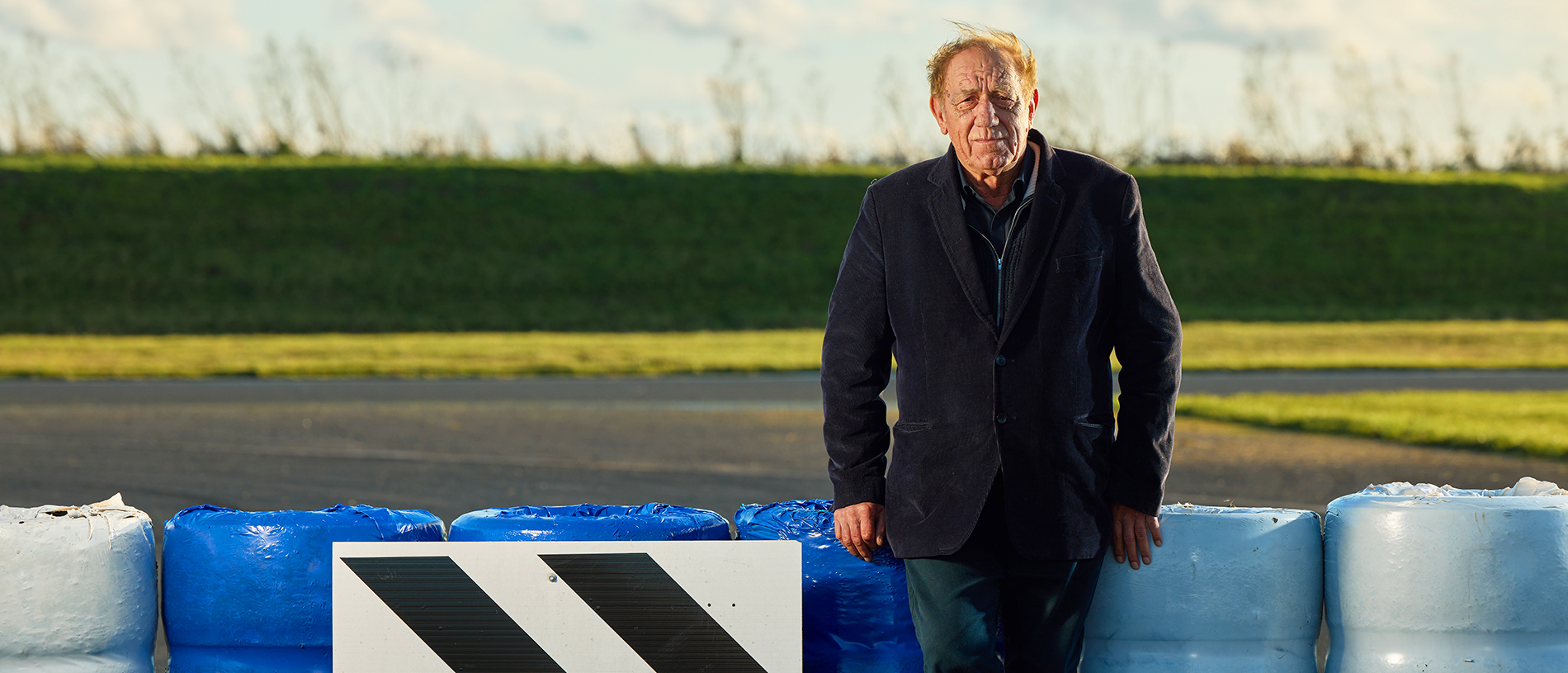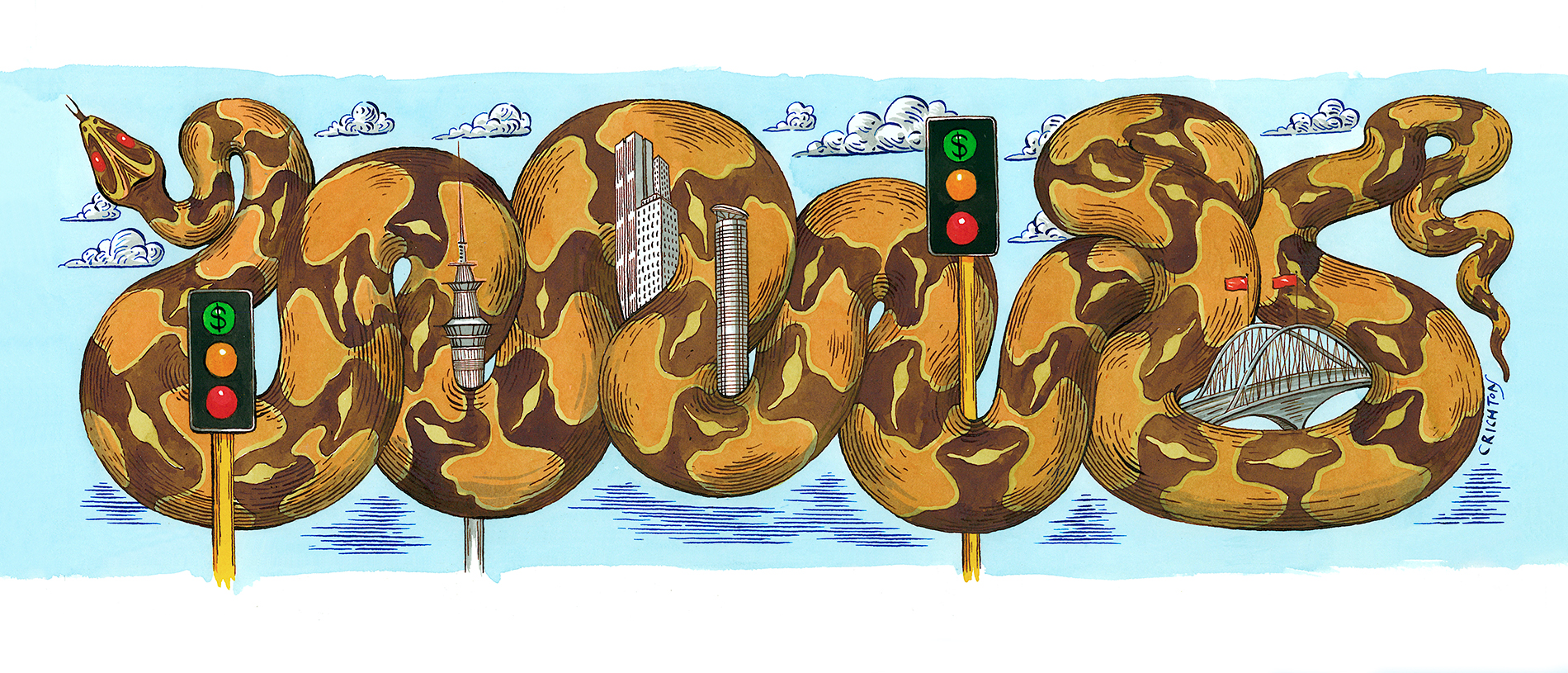
Interview: Simeon Brown, Minister of Transport
Simeon Brown has a massive load of portfolios. As well as being responsible for Transport, the MP from Pakuranga is Minister for Auckland, Local Government and Energy. He talks about the key things he wants to make happen in transport.











